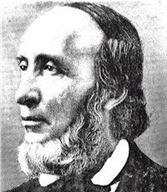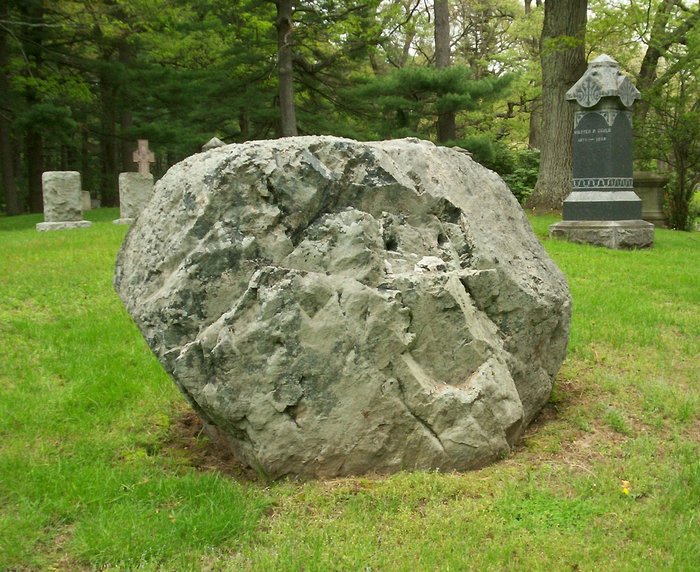Hymn History: It Came Upon the Midnight Clear & Author: Edmund Hamilton Sears
“How sweeps the song of solemn joy
O’er Judah’s sacred hills!
“Glory to God!” The sounding skies
Loud with their anthems ring;
‘Peace on the earth; good-will to men,
From heaven’s eternal King!’”
(Edmund Hamilton Sears)
The Origin of the Hymn “It Came Upon the Midnight Clear”
Among the familiar Christmas hymns sung each December, “It Came Upon the Midnight Clear” holds a distinctive place. Unlike many carols that focus directly on the nativity scene in Bethlehem, this hymn turns our attention to the message of peace proclaimed by the angels. Its words speak not only of the first Christmas night but also of the ongoing longing for peace in a troubled world. The story of its origin reveals both the spiritual sensitivity of its author and the historical moment in which it was written.
Edmund Sears: The Author
The hymn’s text was written in 1849 by Edmund Hamilton Sears (1810–1876), a Unitarian minister in Massachusetts. Sears was born in Sandisfield, Massachusetts, and graduated from Harvard Divinity School in 1837. He served as a pastor in various congregations, combining a gentle spirit with a gift for writing.
Sears was not only a preacher but also a poet and essayist. His hymns and writings often reflected both theological reflection and pastoral concern for his time. As a Unitarian, his theology was somewhat different from that of more orthodox Protestant hymnwriters, yet his words have been embraced across denominational lines because of their beauty and truth.
A Time of Turmoil
The year 1849 was a troubled one in American history. The United States was experiencing tensions in the aftermath of the Mexican-American War and facing the growing divisions that would eventually lead to the Civil War. Social upheaval, political disputes, and international revolutions weighed heavily on the minds of many.
Sears himself was recovering from a period of exhaustion and depression when he wrote the hymn. At the time, he was serving a small church in Wayland, Massachusetts, after stepping away from a larger and more demanding pastorate. The contrast between the angels’ message of peace and the strife of the world was especially poignant to him. Out of this context, he composed the words to “It Came Upon the Midnight Clear.”
The Text
The hymn begins by recalling the angelic announcement of peace to the shepherds on the first Christmas night. Yet almost immediately, Sears turns from the past to the present. The second verse speaks of the continuing song of the angels “above its sad and lowly plains” and contrasts it with the world’s “Babel sounds of strife.”
The hymn is less about the nativity scene itself and more about the ongoing relevance of the angels’ message. It laments the wars and conflicts of the age while urging listeners to hear the still-sounding song of peace. The final stanzas look forward to a future day when peace shall reign on earth, when “the whole world send back the song which now the angels sing.”
In this way, the hymn is both a Christmas carol and a social commentary. It is unique among carols in its emphasis on peace as both a divine promise and a human responsibility.
The Music
The tune most often associated with “It Came Upon the Midnight Clear” in the United States is Carol, composed by Richard Storrs Willis (1819–1900). Willis was a student of Felix Mendelssohn and a respected American composer. His gentle, flowing melody was first published in 1850 and soon became the standard setting for Sears’s words in America.
In the United Kingdom, however, the hymn is often sung to a different tune, Noel, adapted from an English melody arranged by Sir Arthur Sullivan (of Gilbert and Sullivan fame). Both tunes suit the reflective, yearning tone of the text, though American congregations are far more familiar with Willis’s version.
Reception and Legacy
The hymn quickly found its way into American hymnals and became a beloved part of Christmas worship. Its combination of poetic beauty, theological depth, and social relevance resonated with congregations.
Over time, “It Came Upon the Midnight Clear” became a classic not only in churches but also in carol services, concerts, and recordings. Its message has remained powerful in every age marked by conflict and longing for peace. The hymn speaks as clearly today as it did in Sears’s time, reminding us that the angels’ song of peace is not just for Bethlehem but for all the earth.
Conclusion
The origin of “It Came Upon the Midnight Clear” lies in a moment of personal struggle and global turmoil. Edmund Sears, reflecting on the contrast between the angels’ message and the strife of the world, penned a hymn that transcends its time. With Richard Storrs Willis’s melody giving it musical expression, it became one of the most enduring carols of the English-speaking world.
Unlike many Christmas hymns, it calls us not only to remember Christ’s birth but also to live out the message of peace that the angels proclaimed. In every generation, its words continue to echo the hope that one day “peace shall over all the earth its ancient splendors fling.”
Related
Sorry, no records were found. Please adjust your search criteria and try again.
Sorry, unable to load the Maps API.

